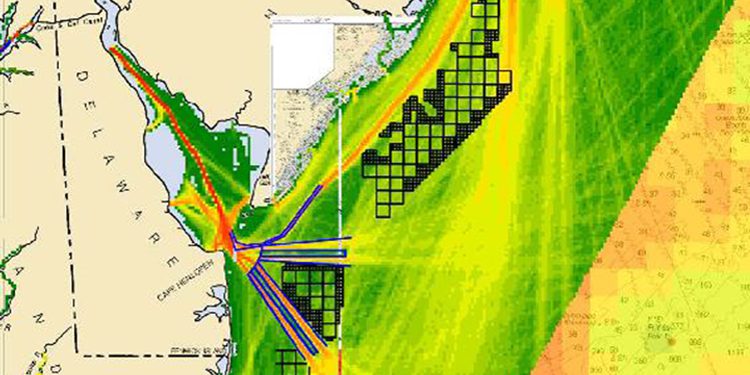American coastlines are more than recreation and fishing destinations. They are vital to the development of trade and renewable energy. Sea space is finite, so locating offshore infrastructure, such as offshore energy facilities, is a complicated balancing act. The Coast Guard provides input to the offshore energy development planning process because every change in the offshore environment has the potential to impact navigation safety.
In December 2020, the Coast Guard Research and Development Center (RDC) completed a multiyear project that supported those capability needs, and its recommendations are already being implemented operationally. The Department of Interior’s “Smart from the Start” initiative puts an emphasis on offshore renewable energy installations such as wind turbines. Anticipating an increase in the number and scope of these projects, the Coast Guard determined that reliable tools were needed to more accurately assess the associated potential changes in navigation safety risk.


